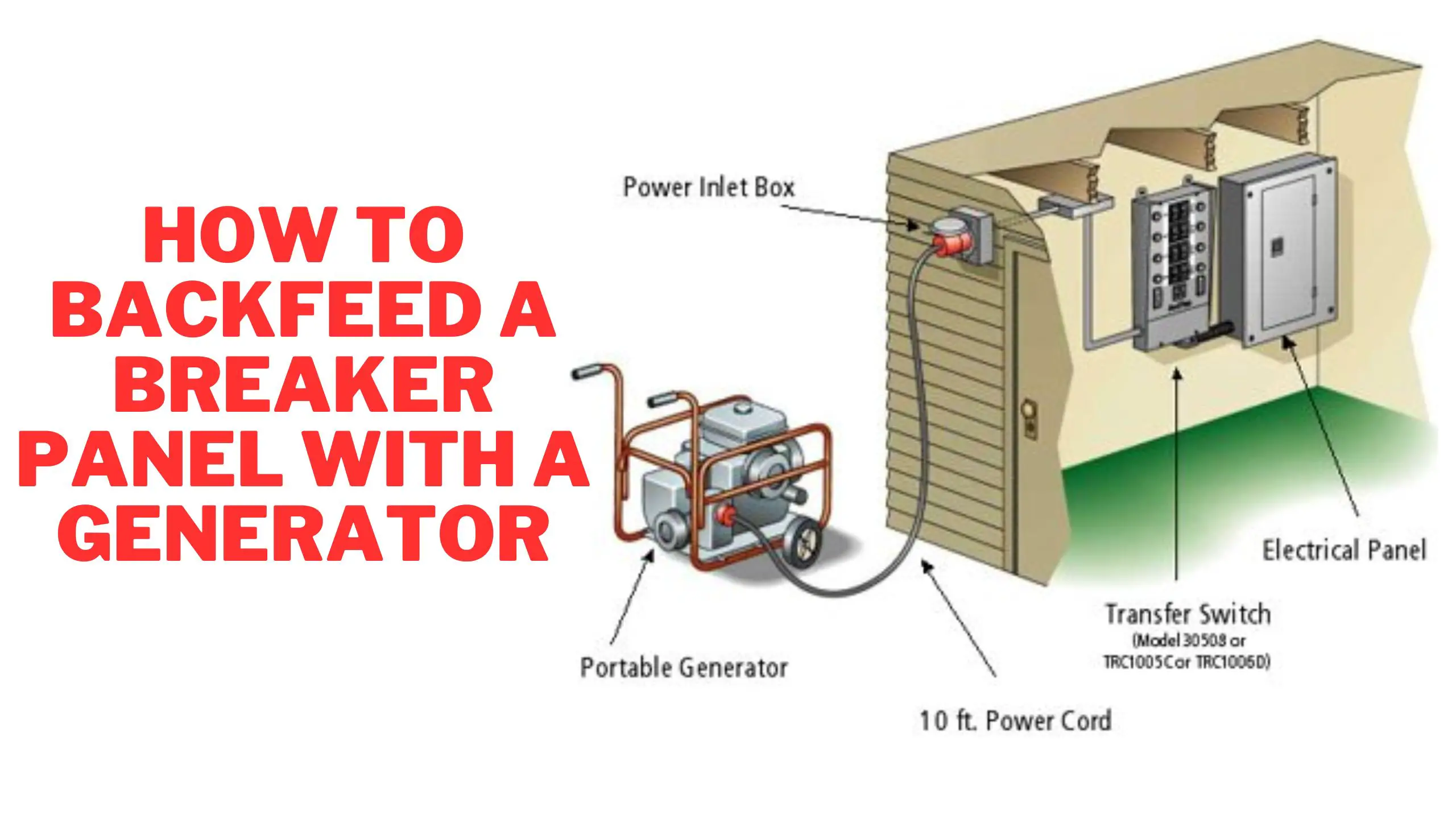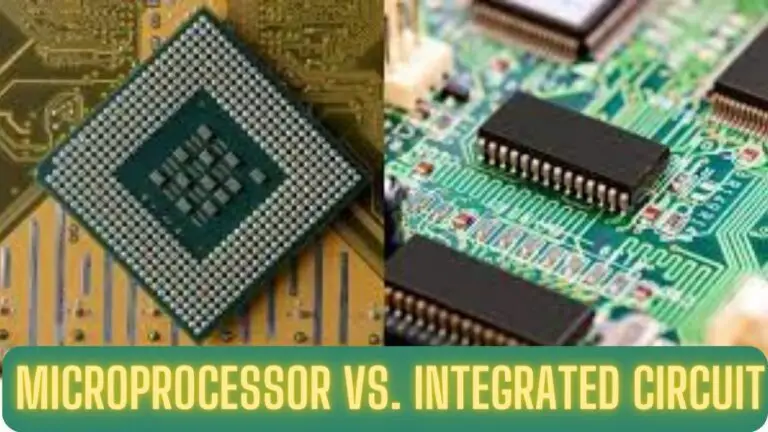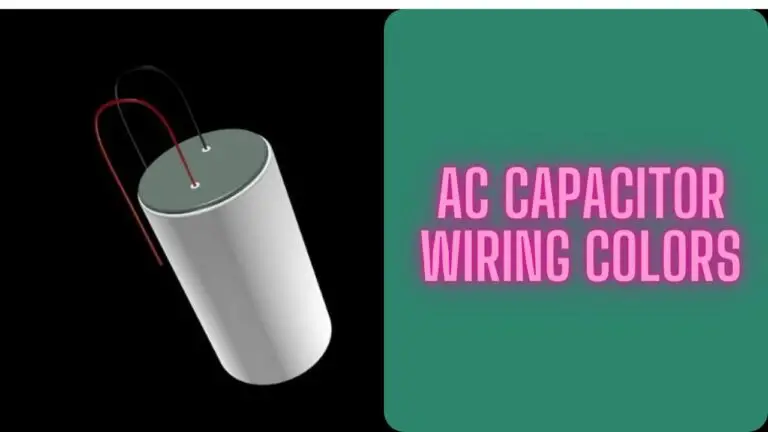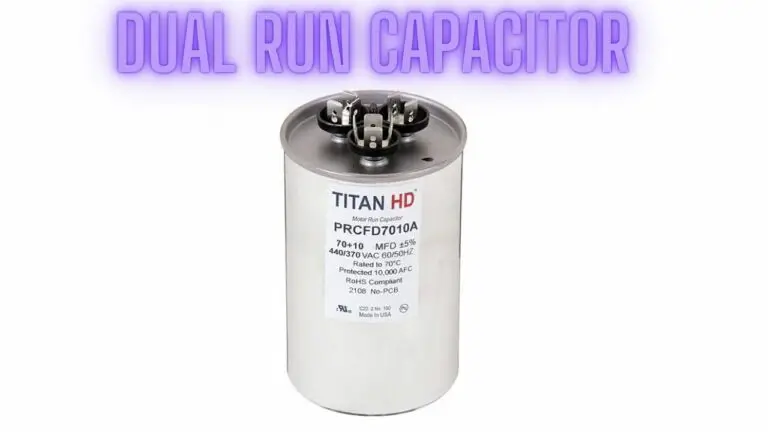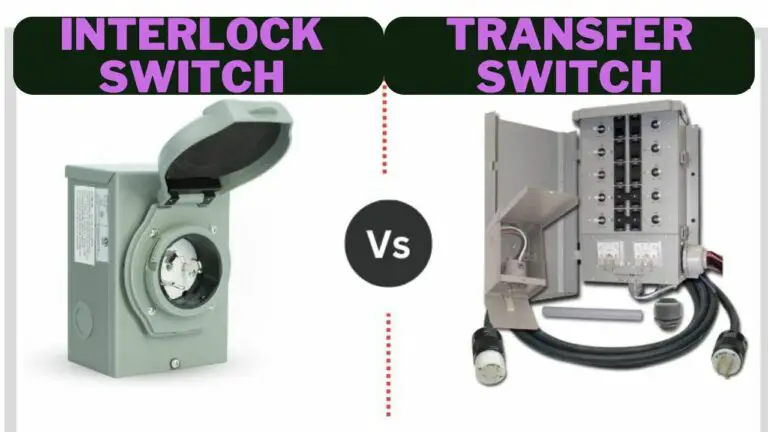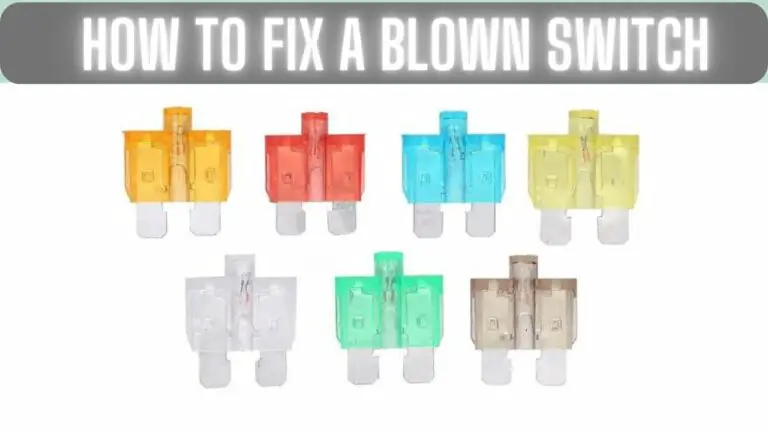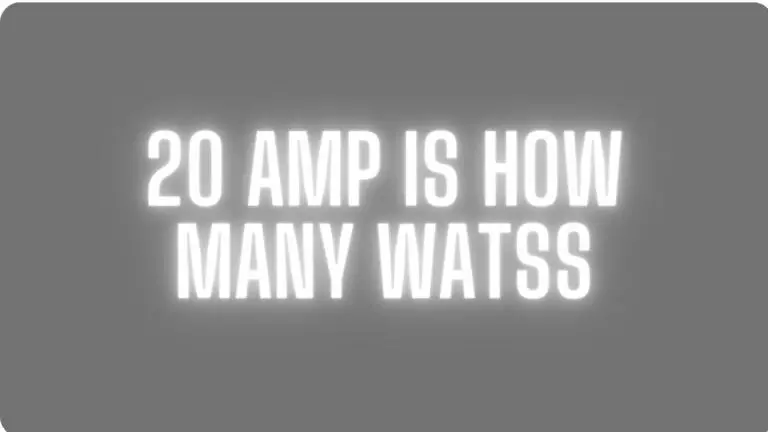A Comprehensive Guide on How to Backfeed a Breaker Panel with a Generator
Introduction
In times of power outages or emergencies, having a generator can be a lifesaver. However, to make the most of your backup power source, it’s crucial to know how to properly connect and back-feed your breaker panel with a generator. This ensures a seamless transition of power to your essential appliances and devices. In this comprehensive guide, we will walk you through the step-by-step process of back feeding a breaker panel with a generator, highlighting safety precautions and best practices along the way. In this article, we will talk about how to backfeed a breaker panel with a generator.
Understanding the Basics:
Generator Types:
Before diving into the back-feeding process, it’s essential to understand the type of generator you have. Portable generators are commonly used for residential purposes, while larger standby generators are more suitable for commercial or whole-house applications.
Transfer Switches:
Ideally, using a transfer switch is the safest way to connect a generator to your breaker panel. A transfer switch ensures a complete separation between the utility power and the generator power, preventing any potential hazards. While some generators come with built-in transfer switches, others may require an external transfer switch to be installed.
Safety Precautions:
Generator Placement:
Place your generator outdoors in a well-ventilated area to prevent carbon monoxide buildup. Keep it away from windows, doors, and vents to ensure the exhaust fumes don’t enter your home.
Turn Off Main Breaker:
Before connecting the generator, turn off the main breaker in your breaker panel to disconnect your home from the grid. This prevents the generator power from flowing back into the utility lines, which could pose a danger to utility workers.
Use a Generator Interlock Kit:
If a transfer switch is not feasible, consider using a generator interlock kit. This kit ensures that the main breaker and the generator breaker cannot be turned on simultaneously, maintaining a safe and isolated connection.
Backfeeding Process:
Generator Connection:
Identify the generator’s power outlet and use a heavy-duty extension cord to connect it to your home’s inlet box or transfer switch.
Inlet Box Installation:
If using an inlet box, install it on the exterior of your home, near the breaker panel. Run a heavy-duty power cord from the generator to the inlet box, ensuring a secure connection.
Transfer Switch Installation:
For those with a transfer switch, follow the manufacturer’s instructions to install it near the breaker panel. Connect the generator to the transfer switch using the provided wiring.
Generator Breaker:
Identify the specific breaker in the generator panel that corresponds to the circuits you want to power. Turn off all other breakers to avoid overloading the generator.
Start the Generator:
Once the connections are secure, start the generator following the manufacturer’s instructions. Allow it to stabilize before proceeding.
Powering Essential Circuits:
Prioritize Circuits:
Determine which circuits are essential during a power outage, such as refrigeration, heating, and critical electronics. Prioritize these circuits to ensure your generator provides power where it’s needed most.
Load Management:
Be mindful of the generator’s capacity and manage your power usage accordingly. Avoid overloading the generator by powering only essential appliances and devices.
Monitoring and Maintenance:
Regular Checks:
Periodically check the generator, cords, and connections for any signs of wear, damage, or overheating. Address any issues promptly to ensure a reliable power source when needed.
Fuel Management:
Keep a sufficient supply of fuel on hand and follow proper storage guidelines to ensure your generator is ready to operate during extended power outages.
FAQS
Q1: What does “back feeding a breaker panel with a generator” mean?
A1: Backfeeding refers to the process of supplying power to your home’s electrical panel using a portable generator. This is typically done by connecting the generator to a designated breaker in the panel, allowing it to power selected circuits within the house.
Q2: Can I back feed my breaker panel without a transfer switch?
A2: While it is possible to backfeed a breaker panel without a transfer switch, it is not recommended due to safety concerns. A transfer switch ensures proper isolation between the utility power and generator power, preventing backflow and protecting utility workers and your equipment.
Q3: How do I back-feed a breaker panel with a generator?
A3: To back feed a breaker panel, follow these general steps:
- Turn off the main breaker: Ensure the main breaker is turned off to disconnect your home from the utility grid.
- Use a generator interlock or transfer switch: Install a generator interlock or transfer switch to prevent power from flowing back into the utility lines.
- Connect the generator: Use a heavy-duty extension cord or a generator inlet box with a transfer switch to connect the generator to the house.
- Select circuits: Identify essential circuits and plug them into the generator outlets or transfer switch.
- Start the generator: Start the generator and let it stabilize before connecting loads.
- Power on selected circuits: Flip the corresponding breakers for the selected circuits in your breaker panel.
Q4: Can I use any breaker to back feed my panel?
A4: No, you should not use just any breaker. It’s crucial to use a breaker specifically designed for backfeeding. It should have a built-in interlock mechanism or use an interlock kit to prevent the main breaker and generator breaker from being turned on simultaneously.
Q5: Is it safe to backfeed a breaker panel?
A5: Backfeeding can be safe if done correctly and with the proper equipment. Using a transfer switch or interlock kit is crucial to prevent dangerous situations, such as feeding power back into the grid and risking the electrocution of utility workers.
Q6: Can I backfeed my entire house with a generator?
A6: While it’s possible, it’s often more practical to backfeed only essential circuits. This ensures efficient use of the generator’s capacity and prevents overloading.
Q7: Are there any legal or code considerations when back-feeding a panel?
A7: Yes, local electrical codes and regulations must be followed. Some areas require permits and inspections for generator installations. Always consult with a qualified electrician and adhere to local codes.
Conclusion
In conclusion, homeowners can benefit greatly from learning how to backfeed a breaker panel with a generator. You can reliably and safely supply backup power to critical circuits during crises by adhering to the safety measures and step-by-step procedure described in this guidance. Always keep in mind that safety comes first, so spend some time getting acquainted with your generator and other equipment before an outage happens.

